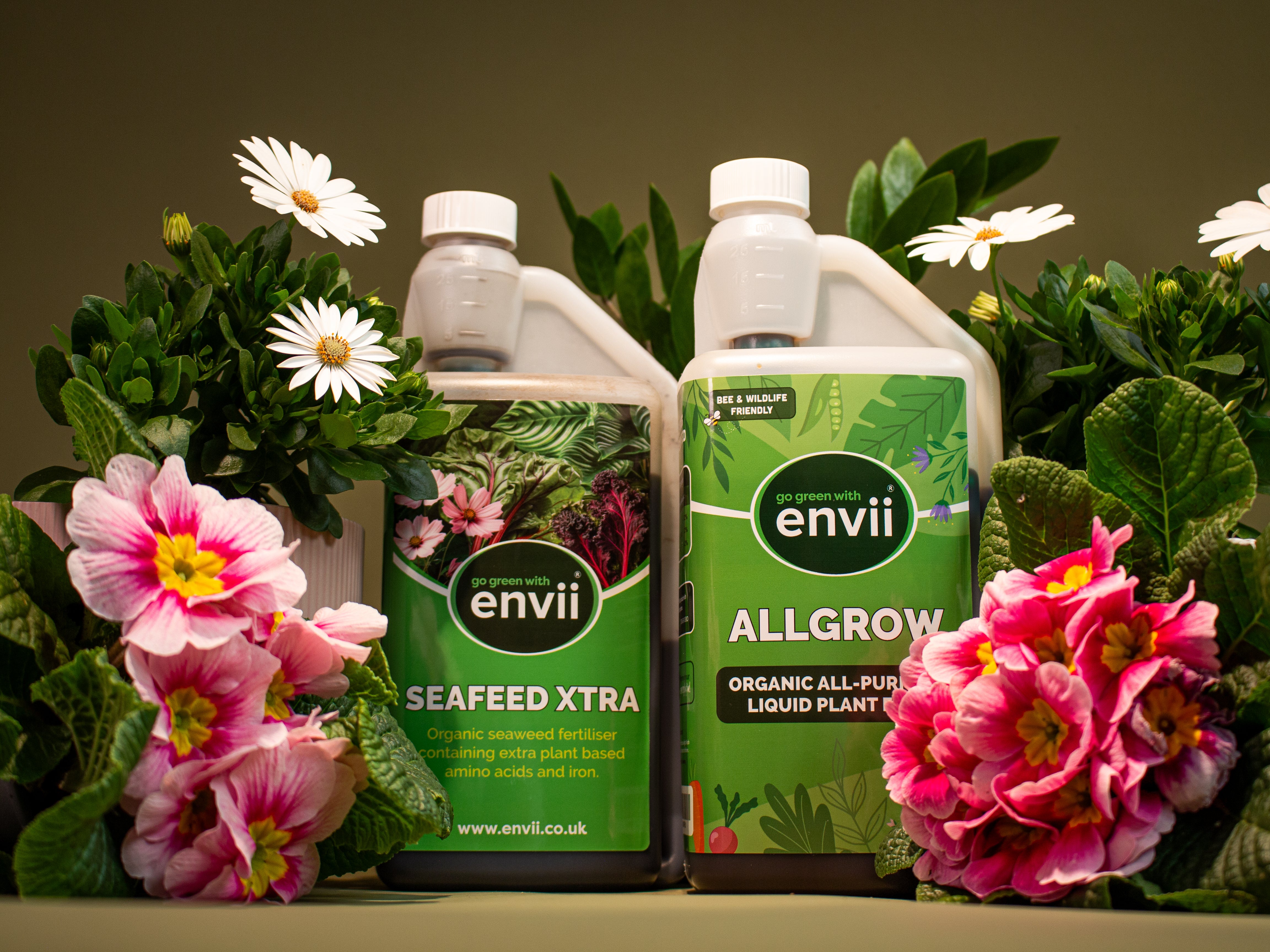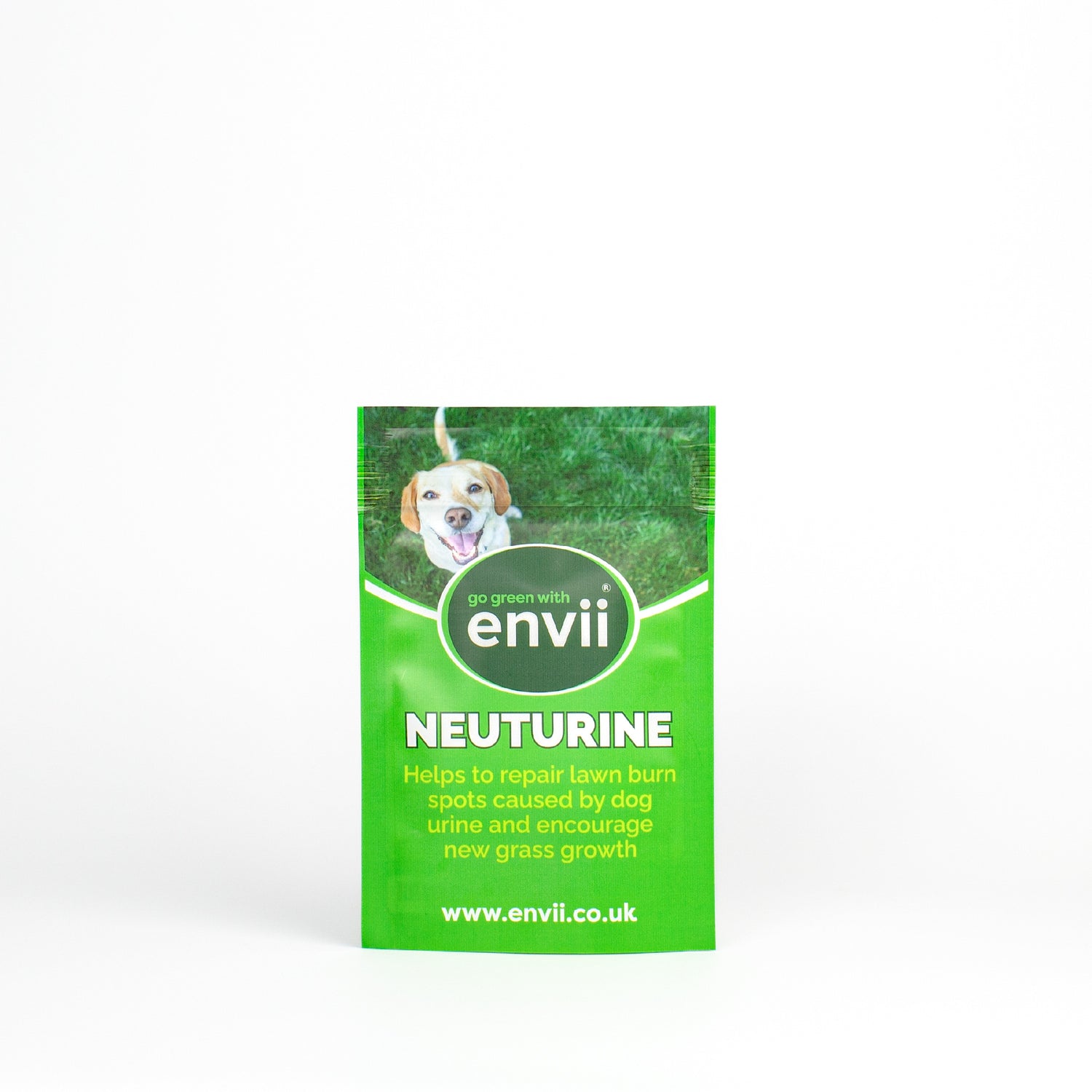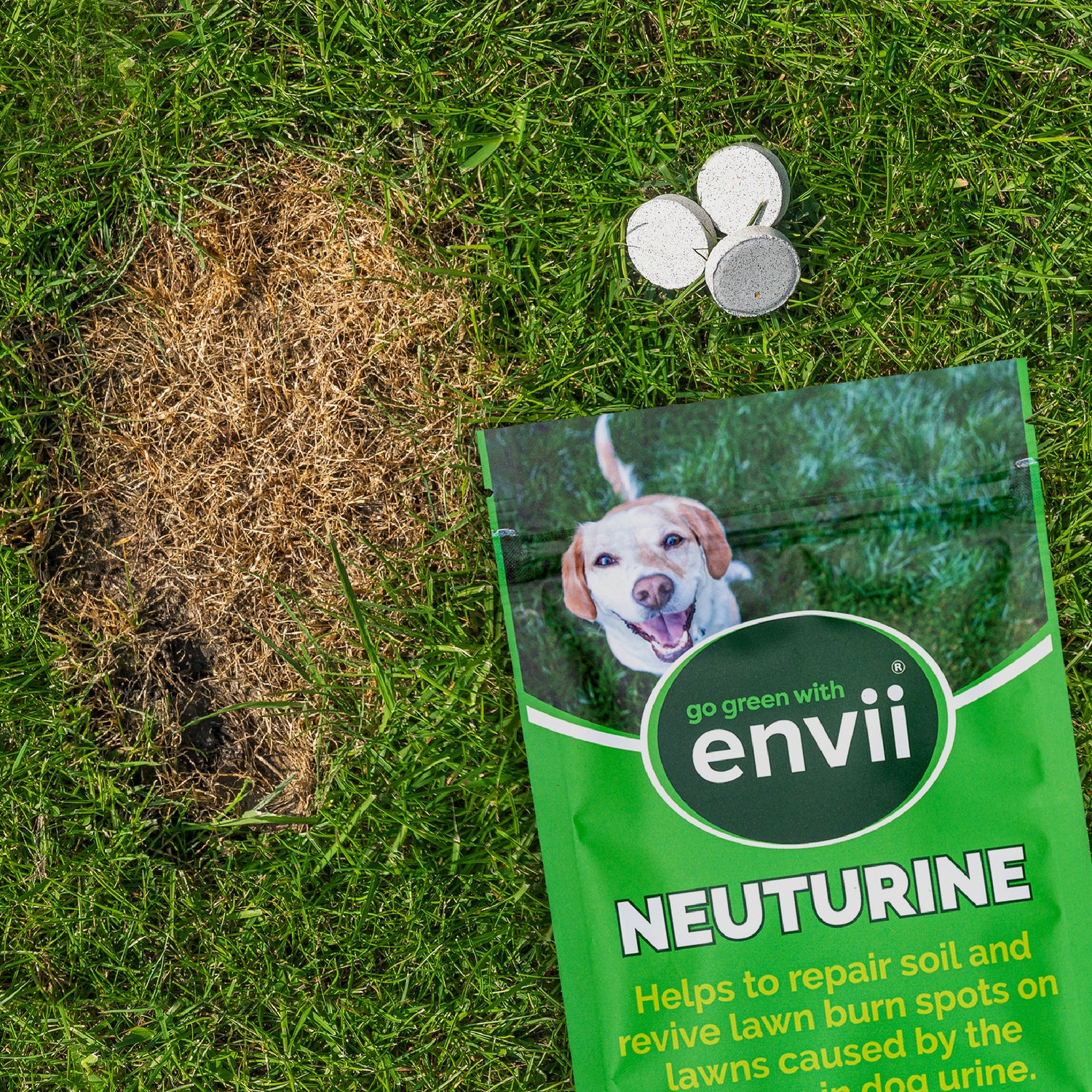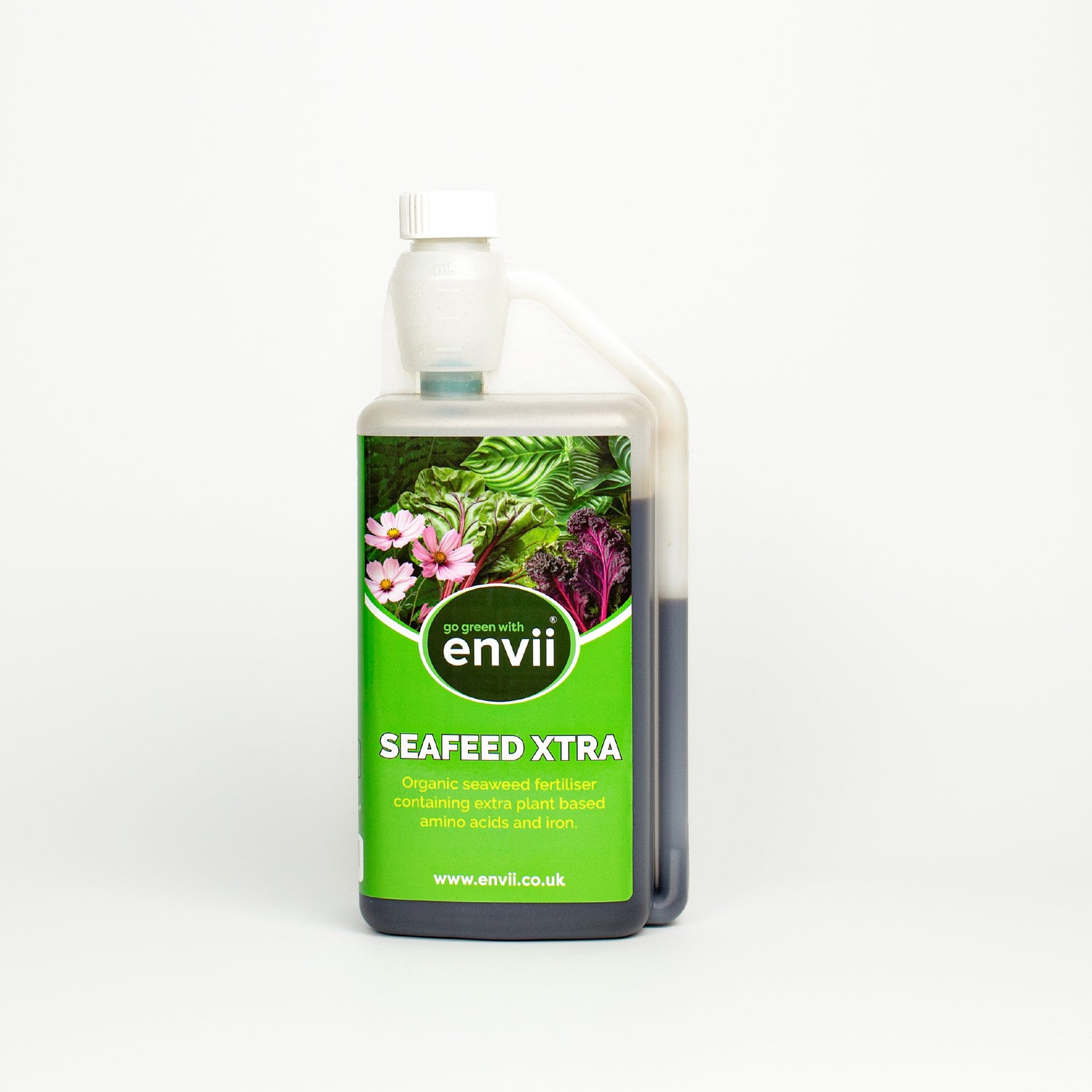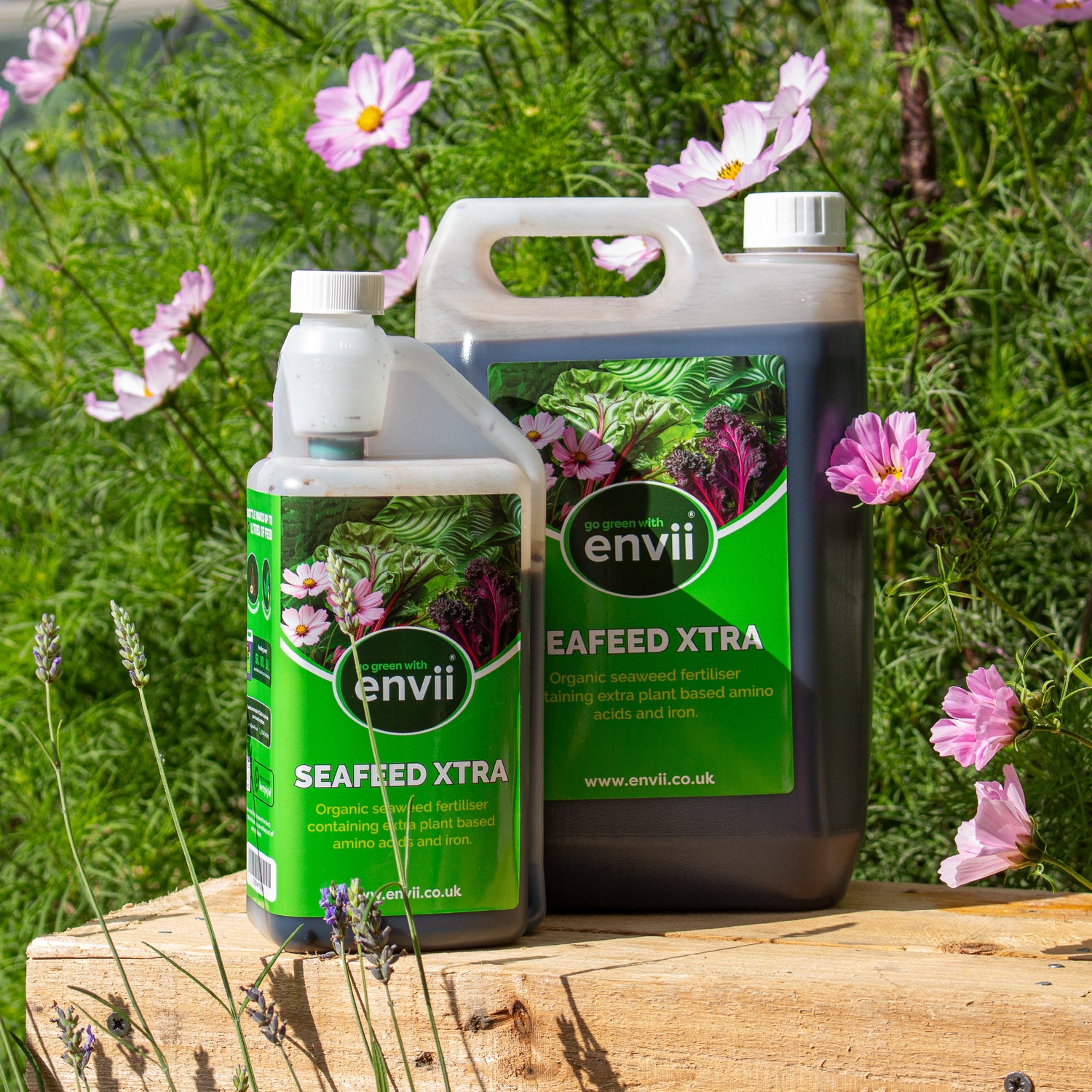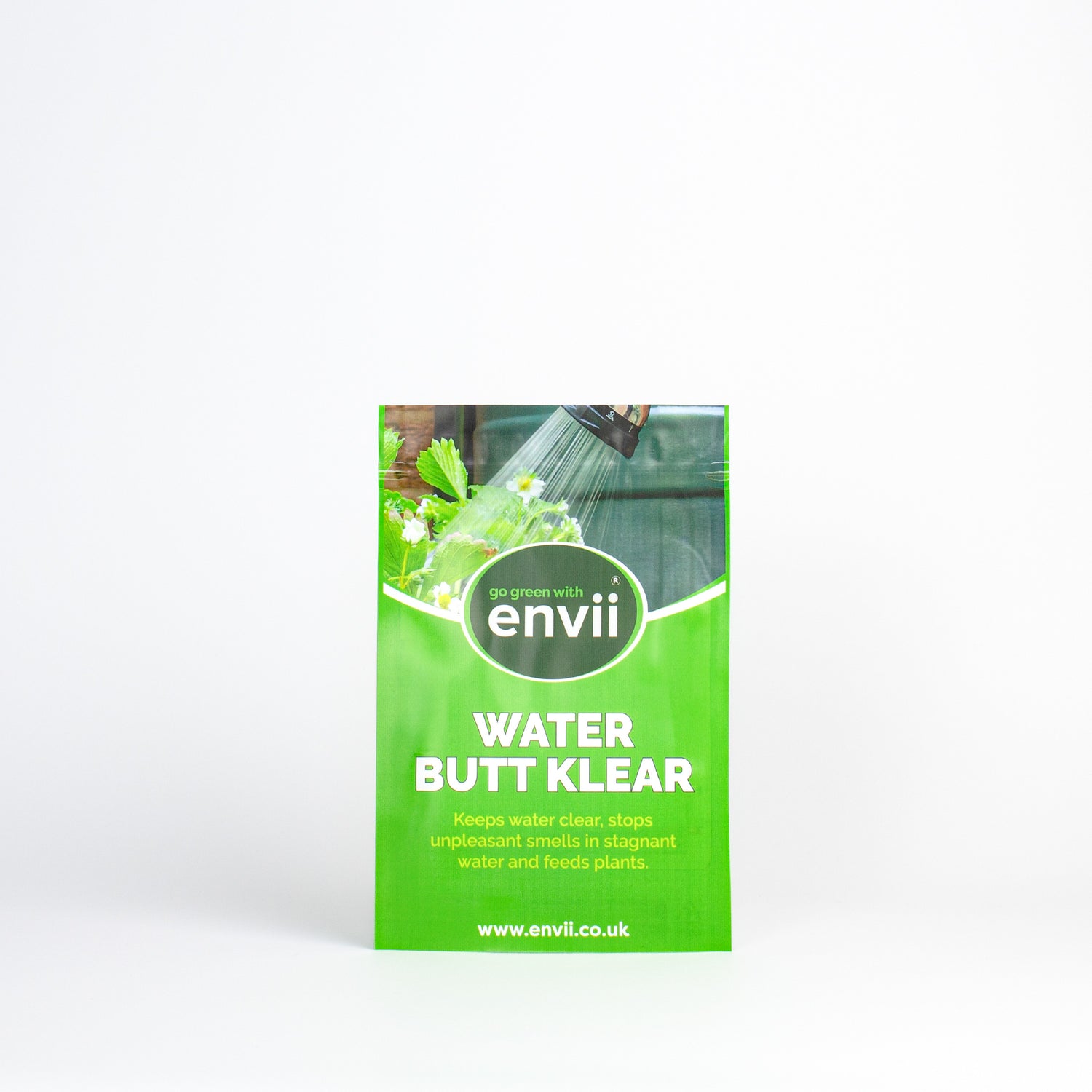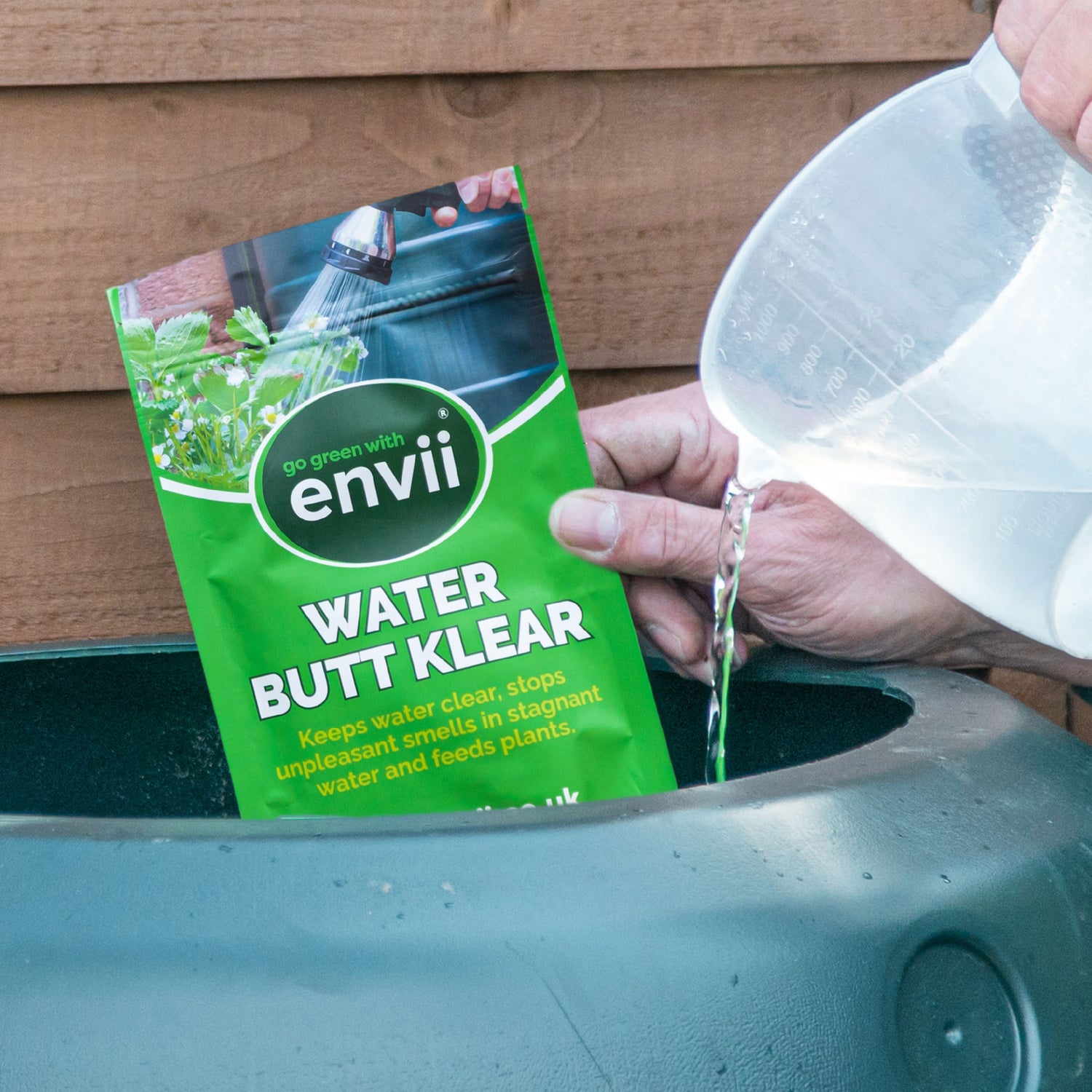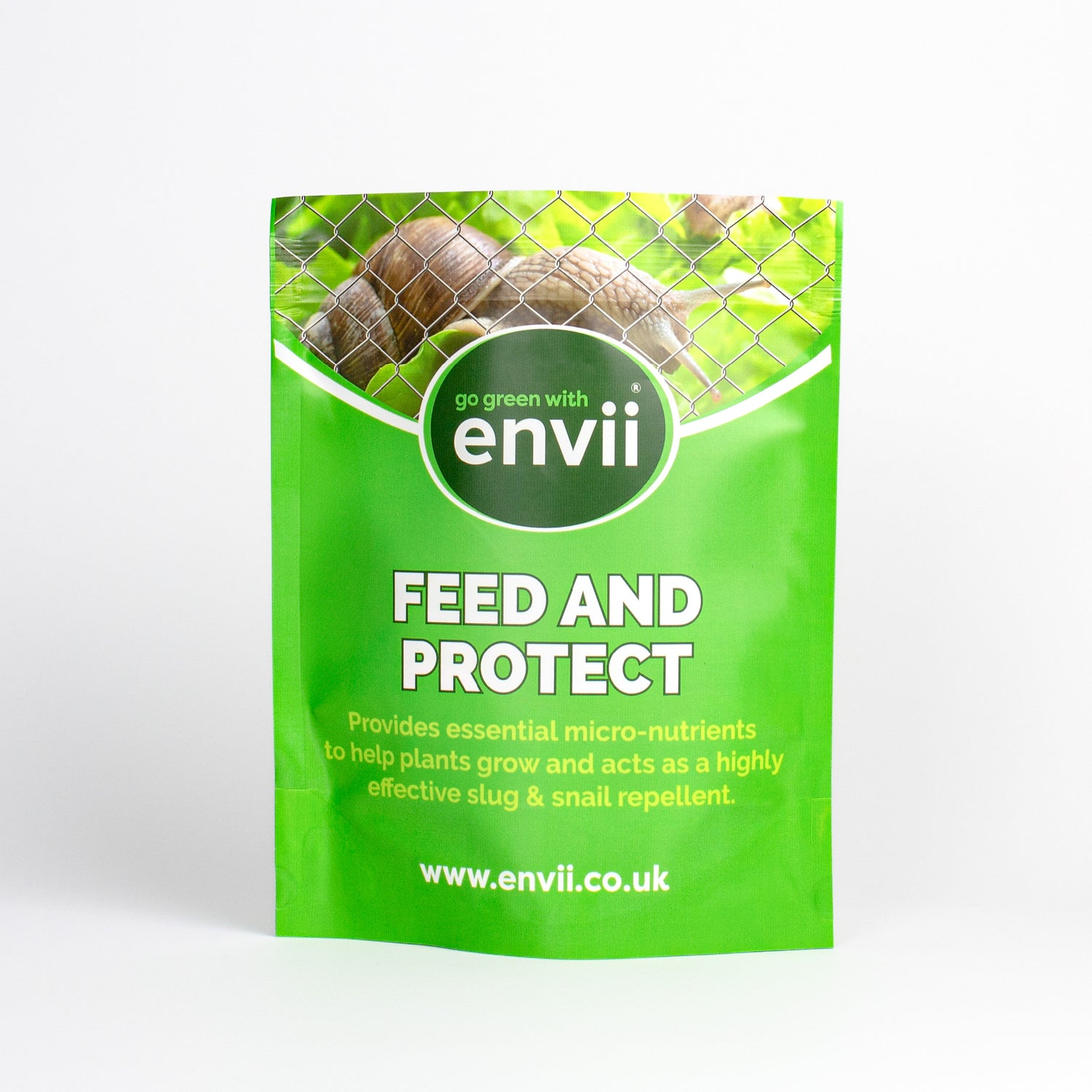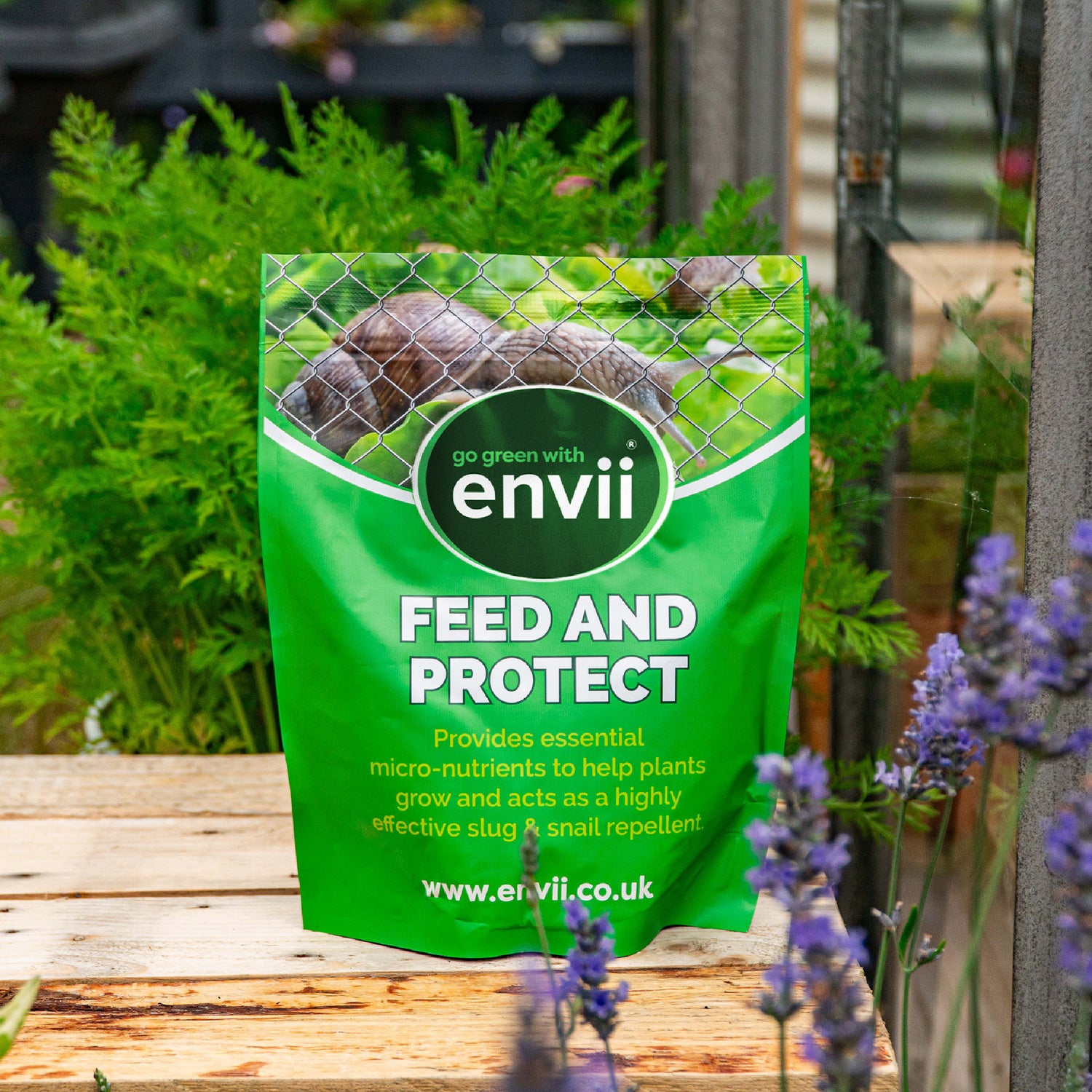Growing in a north-facing garden can feel like you are behind before you have begun. However, there are vast opportunities to maximise growing even in the most shaded areas of your garden.
So what is a North-Facing Garden and Why is it a Problem?
The characteristics of a north-facing garden mean that it is predominantly in the shade throughout the day, leading to cooler temperatures. Because of this, varieties of plants can suffer from the lack of sunlight, so it is key to consider your options before purchasing unsuitable additions to your garden.
Continue reading to discover our top tips on making the most of your north-facing garden and take it from us, it has a lot of potential!
How to Encourage Light in your North-Facing Garden
Just because your garden is north-facing, it doesn’t mean there will be no sunlight at all. Some areas may receive snippets of light throughout the day, especially in summer.
Having large trees in your garden can make it appear darker, due to them blocking the light. To help tackle this, trim the lower branches to help create gaps, encouraging more sunlight into your garden.
Another tip to make your garden appear lighter is to plant white or light-coloured flowers such as snowdrops. A green garden is amazing but it is also great to break it up with colour. This enhances the lighter areas of your north-facing garden.
What Plants to Grow in a North-Facing Garden?
Growing in a north-facing garden tends to mean the plants will spend most of their time in the shade. Some include; Hostas, Snowdrops and Lily of the Valley. Knowing which plants will perform best is essential in creating a luscious, healthy garden. Below we have collected a handful of shade-loving plants to help get you started.
Hostas
Hostas are a great addition to any garden, not just a shaded one. Due to them being known for their large foliage, Hostas are fantastic at filling gaps in your garden. Add them to your borders or beds to make your garden appear greener and fuller.
The only downside to hostas is that they are extremely susceptible to slug damage because of their big green leaves. Using a pest control method is crucial through wetter weather to ensure the slugs and snails stay away.
Snowdrops
If you are looking for a spring bulb that grows in the shade, then snowdrops are the answer. Snowdrops are native to woodlands, so are known for growing well in lightly shaded, well-drained areas. As mentioned earlier, snowdrops produce dainty white flowers shaped like bells, so add hints of white throughout your garden, brightening up the space.
Lily of the Valley
Lily of the valley is another woodland native species happy to grow in cool areas. This pendant bell-shaped flower produces a light, fresh scent throughout spring and makes beautiful cut flowers that you can feature in your home.
